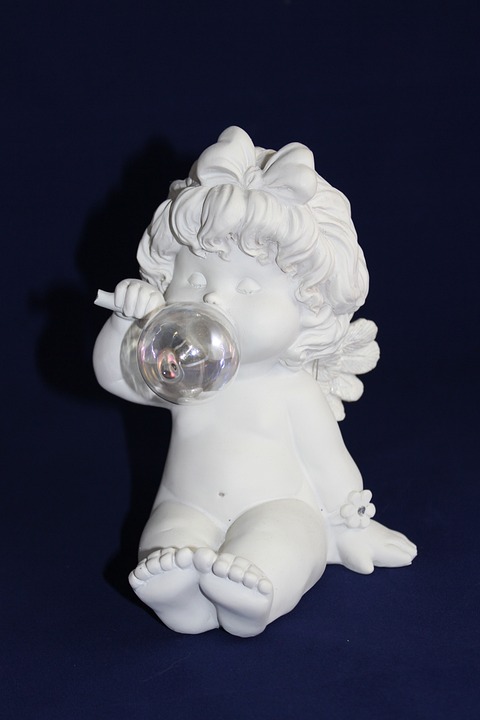Fish behavior is a fascinating subject that not only captivates aquarium enthusiasts but also plays a crucial role in maintaining the well-being of our aquatic friends. Just like any other living creature, fish experience stress, and understanding the factors that influence their behavior is essential in creating a conducive environment for them to thrive. In this article, we will explore how tank conditions can affect fish stress levels and provide valuable insights into ensuring the optimal welfare of your aquatic companions.
The Importance of Tank Conditions in Fish Behavior
Water Quality:
One of the most critical factors affecting fish behavior is water quality. Maintaining proper pH levels, ammonia and nitrate levels, temperature, and oxygen levels is crucial. Fish are extremely sensitive to changes in water chemistry, and poor water quality can lead to stress and health problems.
Tank Size and Space:
Providing fish with adequate swimming space is essential for their well-being. Crowded tanks can lead to territorial disputes, stress, and aggression. It is essential to provide hiding spots and ensure that the tank is not overcrowded to avoid compromising their comfort and health.
Lighting:
Lighting plays a significant role in fish behavior. Natural lighting can help regulate their circadian rhythms, while artificial lighting should mimic natural light conditions. The photoperiod (amount of time the lights are on) and light intensity should also be considered, as too much or too little light can cause stress.
Tank Décor:
Creating a suitable habitat for your fish can help reduce stress levels. Providing natural hiding spots, sufficient substrate, and incorporating plants and ornaments can help mimic their natural environment. Fish feel more secure in a well-decorated tank, reducing their stress levels.
Understanding Fish Stress and its Effects
Fish, like any other living organism, can experience stress. Recognizing the signs of stress is crucial in addressing and mitigating its effects. Behavioral signs of stress include erratic swimming patterns, loss of appetite, aggressive behavior, color fading, and gasping for air. Physiologically, stress weakens the immune system, increases susceptibility to diseases, stunts growth, and reduces lifespan.
FAQs: Common Queries about Fish Behavior and Tank Conditions
– Maintaining optimal water quality involves regular water testing, filtration, and appropriate water changes.
– Inadequate lighting can cause stress in fish, affecting their behavior and overall health.
– Signs of overcrowding in an aquarium include aggressive behavior, limited swimming space, and increased stress levels.
– Providing hiding spots can be done by incorporating live plants, rocks, or artificial decorations that create secluded areas for fish.
– Mimicking the natural habitat of fish in the tank is essential for their well-being and reducing stress.
– The ideal photoperiod for fish depends on their species, but a general guideline is around 10-12 hours of light per day.
– Stress can indeed affect fish breeding behavior, leading to reduced reproductive success.
Conclusion
Understanding fish behavior and its correlation with tank conditions is crucial to ensure the well-being and longevity of our aquatic companions. By maintaining optimal water quality, providing adequate space and hiding spots, and creating a suitable environment that mimics their natural habitat, we can significantly reduce stress levels in fish. Regular monitoring and adjustments to tank conditions will help create a stress-free environment where our fish can thrive and display their natural behaviors.
Remember, a happy and healthy fish is a joy to watch and care for, so let’s strive to provide them with the best possible living conditions.









